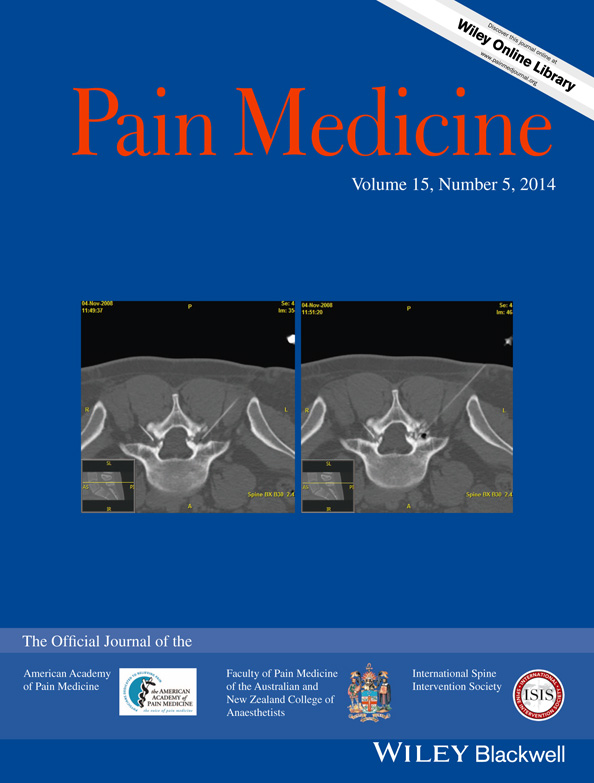Thermal Quantitative Sensory Testing to Predict Postoperative Pain Outcomes Following Gynecologic Surgery
Abstract
Objective
To evaluate the relationship of preoperative thermal quantitative sensory testing (QST) values with postoperative pain and opiate consumption in opiate-naïve patients following gynecologic surgery.
Design
Single blind observational study.
Settings
Surgical center of an academic medical center.
Methods
QST was performed preoperatively on 124 opioid-naïve patients. Pain outcomes were assessed on arrival to the post-anesthesia care unit and at 6 hourly intervals for 24 hours. Subjects were reclassified to three groups: Group 1 had a heat pain threshold above and a cold pain threshold below the median; Group 2 had either a heat pain threshold below or a cold pain threshold above the median; Group 3 had a heat pain threshold below and a cold pain threshold above the median. The primary outcome measure was the 24-hour morphine consumption.
Results
One hundred twenty subjects were evaluated. Median (interquartile range) warm and cold pain thresholds were 44.8 (42.4–46.9)°C and 10.5 (3.2–19.0)°C, respectively. Heat pain thresholds demonstrated a negative (rho = −0.23, P = 0.01) and cold thresholds a positive correlation (rho = 0.21, P = 0.02) with 24-hour morphine consumption. Median morphine consumption was 19 (2–33) mg (P = 0.004) equivalents greater in subjects (N = 46) with heat pain thresholds <45°C and cold pain thresholds >10°C than subjects with heat pain thresholds >45°C and cold pain thresholds <10°C.
Discussion
Reduced tolerance to both heat and cold thermal pain stimulus was associated with increased postoperative analgesic requirements. Combined responses to multiple pain modalities may be more useful than a single stimulus paradigm.




